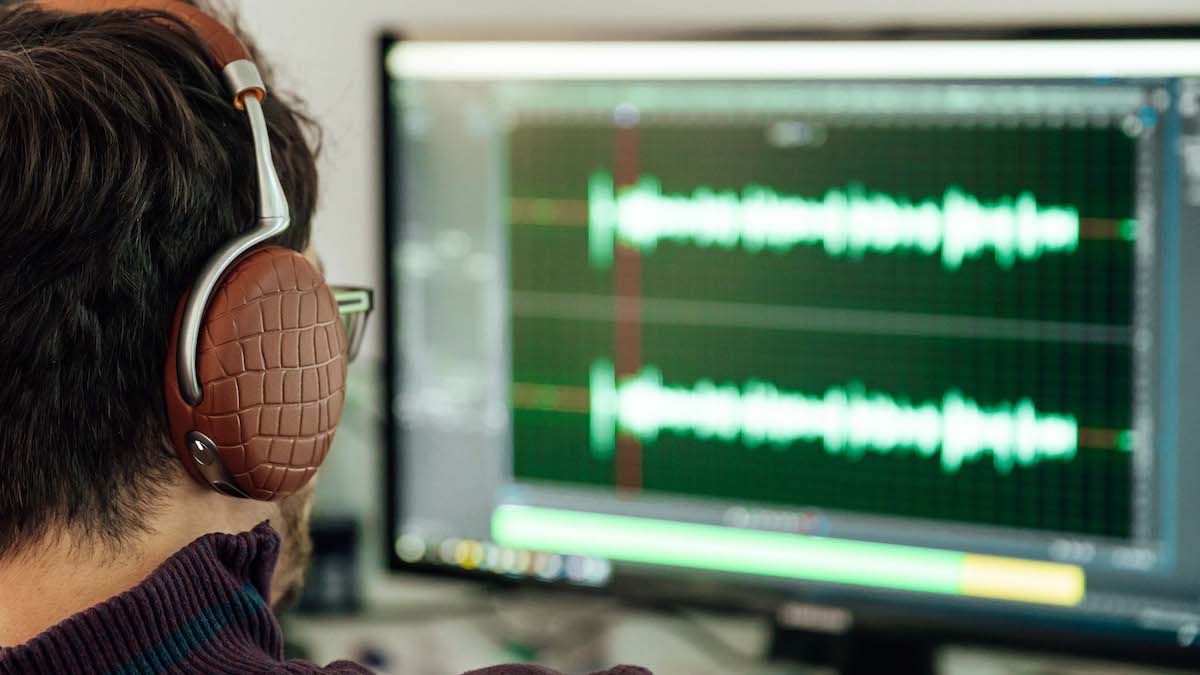Are budget audio interfaces a false economy?
Looking to cut costs on a new audio interface? We take a look at budget models and ask whether they’re worth snapping up or leaving well alone

When you’re starting out in the world of audio production, investing in one of the best audio interfaces is one of the single most important purchases you can make.
Acting as the gateway between a computer recording application and your audio source - be that a microphone or a musical instrument - interfaces are very important bits of kit. And if you need to keep costs down, cheaper units exist. The big question then becomes, are budget audio interfaces a false economy?
These days, there are interfaces to suit every requirement and budget. From huge multitrack systems designed to support the recording of multiple sources at once, through to simple models which amount to little more than a fancy cable. If you’re thinking of buying a cheap one, it’s important to know their pros and cons. Let’s discuss these now…
Defining what we mean by ‘budget’
Audio interfaces range in price, as you’d imagine, from cheap and cheerful entry-level models right up to pro-grade examples that excel when it comes to pristine audio.
For the purposes of this article, we’re focusing in and around the £/$100 range to answer the question of whether budget audio interfaces are a false economy. There is value to be had in this bracket, for sure, but you’re unlikely to find professionals leaning on these heavily.
What is an audio interface?
Essentially, an audio interface acts as a hub. Audio goes in, audio comes out. It’s all simple stuff. What goes on under the hood is a bit more complex, however. That’s because the job of an audio interface is to ‘translate’ an analogue signal into a digital signal that can be understood by a computer or laptop for music production (and vice versa at the output stage).
On top of that, before it even reaches the conversion stage, the interface will need to do a specific job, bumping up the low-level signal of an electric guitar or mic to a level that can be heard back. This is handled by a preamp.
Get the MusicRadar Newsletter
Want all the hottest music and gear news, reviews, deals, features and more, direct to your inbox? Sign up here.
Audio interfaces also act as a sort of connection hub. There will be input connections for plugging audio sources in, and output connections which send your processed audio to your studio headphones or monitors. There’s also a connection point for your computer, usually via USB but sometimes through FireWire or Thunderbolt.
Finally, you’ll expect a degree of control over those audio signals. For this, an interface will usually offer inline controls over the signal’s gain, and a regular control for the level of output volume.
What makes a good interface?
Regardless of the price, there are certain tasks any audio interface should be able to carry out. From routing audio in and out, to playing nicely with your PC or laptop (or, increasingly, your tablet or smartphone), what separates the good from the budget comes largely in the quality of the audio it’s able to record and reproduce.
Audio quality is measured in two ways: firstly, the sample rate dictates how many ‘grains’ of audio an interface receives. To give an example, a sample rate of 44.1kHz is generally accepted as being the same quality you’d get from a CD, while 48kHz is DVD quality.
Regardless of the price, there are certain tasks any audio interface should be able to carry out
Second is the audio bit-rate. This measures the different levels between quiet and loud, and of all the gradation between those two points. CDs used 16-bit audio, whereas the high-resolution audio you’d find on a studio master would tend to be 24-bit.
Those same parallels exist within the audio interface world. An ultra-basic interface like the Behringer UCA202 will offer 16-bit/48kHz, which is fine for hobbyists looking for an entry point to recording. Move up the scale, however, and you can find interfaces like the Apogee Symphony Desktop which top out at 24-bit/192kHz.
Whether you’ll find anyone with the audio equipment to play your tracks back at that rate is debatable, but it’s better to have that extra data and not need it, than to need it and not have it.
The second major area in which an interface proves its value comes in its preamps. Whereas traditional analog preamps are favoured for a particular colour they impart on a sound, preamps in an audio interface tend to focus on clarity, headroom and cleanliness.
Filters will be employed to reject low-level hissing or other artefacts, meaning the sound you end up with is easy to work with later in the process, while headroom is the measure of volume you can record before the signal starts to distort or clip. An interface worth its salt will provide some sort of visual representation of the signal level, so you can adjust the gain before you record.
What can we expect from a budget audio interface?
As with any form of technology, from cars to televisions, there is a trickle-down effect in force. Features that ten years ago would have been the sole preserve of professional studio setups can now be found in cheap consumer devices. So, despite their budget price tags, there are some extremely capable budget interfaces to be found for around £/$100.
At a basic level, you’re looking for decent connectivity, preamps and audio quality. The more you spend the better the results you’ll achieve, but there are some superb budget audio interfaces out there. We’re particularly fond of both the PreSonus AudioBox iOne and the Focusrite Scarlett Solo.
Both are a similar price and are trusted brands. Both offer two inputs and two outputs and can function on PCs and iOS devices. We’ve had great results from both in a variety of recording situations, from music and speech through to recording basic full-band demos.
So, are budget audio interfaces a false economy?
The decision on whether budget audio interfaces are a false economy will largely be dictated by what you’re trying to use them for. If you own a pro-level studio and are looking for ultra-high levels of quality and consistency, then yes, they probably aren’t suitable.
If, on the other hand, you’re a home studio enthusiast who likes to tinker within a DAW, and needs a way to feed a set of studio monitor speakers and perhaps record a guitar or vocal track, then you’ll likely be surprised by what a budget interface can offer.
It’s easy to fall into a trap of constantly seeking the best specifications, from the biggest brands, but the truth is that – unless you’re a pro – a perfectly usable budget interface is probably within your price range after all. Choose a good one, and it’ll see you right.
Chris Corfield is a journalist with over 12 years of experience writing for some of the music world's biggest brands including Orange Amplification, MusicRadar, Guitar World, Total Guitar and Dawsons Music. Chris loves getting nerdy about everything from guitar and bass gear, to synths, microphones, DJ gear and music production hardware.










